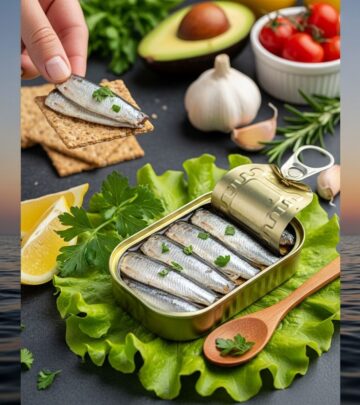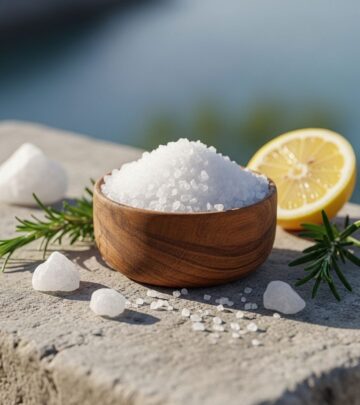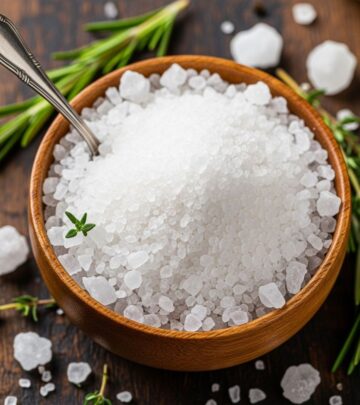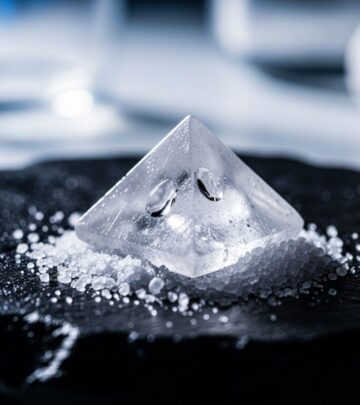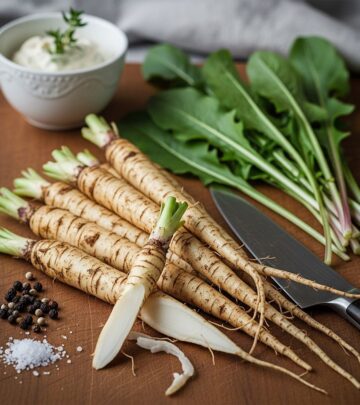Blood Blister Home Remedies: Safe & Effective Treatment
Protecting fragile skin with gentle care promotes a smoother, pain-free recovery.
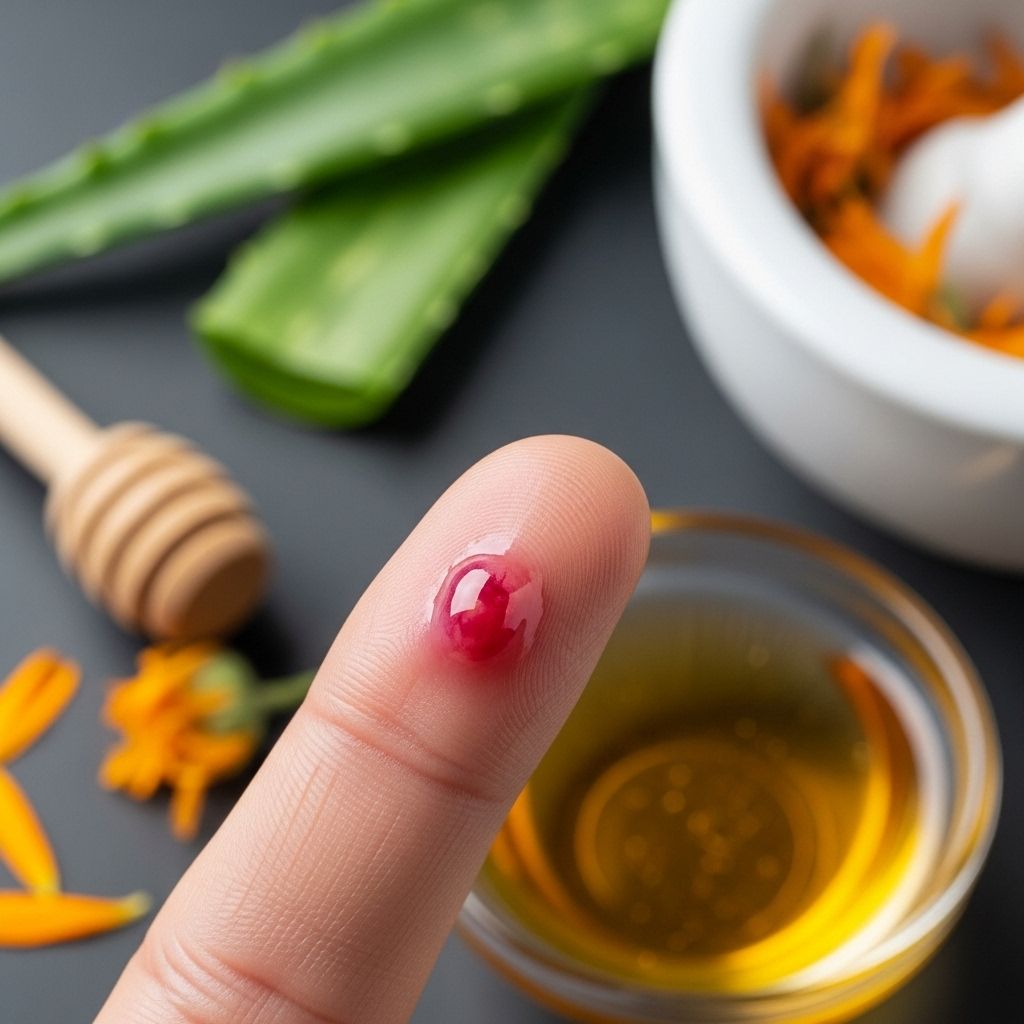
Understanding Blood Blisters and Their Formation
Blood blisters are painful, fluid-filled sacs that form beneath the skin when blood vessels are damaged due to friction, pressure, or trauma. Unlike regular blisters that contain clear fluid, blood blisters appear dark red or purplish due to the trapped blood underneath the skin surface. These lesions commonly develop on areas subject to repeated friction or pressure, such as the hands, feet, fingers, and toes.
The formation of blood blisters occurs when the skin experiences intense pressure or pinching that damages the underlying blood vessels without breaking the skin surface. This trauma causes blood to leak into the space between skin layers, creating the characteristic dark-colored blister. Understanding the nature of blood blisters is crucial for proper treatment and prevention of complications.
Common Causes and Risk Factors
Blood blisters can develop from various causes, with friction and pressure being the most common culprits. Ill-fitting shoes that rub against the skin, engaging in repetitive activities without proper protection, or sudden trauma can all lead to blood blister formation. People who participate in activities like running, dancing, or manual labor are particularly susceptible to developing these painful lesions.
Primary causes include:
- Prolonged friction from tight or poorly fitting footwear
- Repetitive hand movements without protective gloves
- Skin pinching or crushing injuries
- Intensive physical activities without proper preparation
- Underlying medical conditions that affect skin integrity
Certain individuals face higher risks, including athletes, manual workers, people with diabetes, and those with circulation problems. Age can also be a factor, as older adults may have more fragile skin that’s prone to blood blister formation.
Natural Home Remedies for Blood Blister Treatment
Aloe Vera: Nature’s Healing Agent
Aloe vera stands out as one of the most effective natural remedies for blood blister treatment. The gel-like substance found in aloe vera leaves contains powerful healing compounds that can accelerate the recovery process. Research has shown that aloe vera gel can improve wound healing and reduce inflammation, making it an excellent choice for treating blood blisters.
To use aloe vera effectively, apply pure aloe vera gel directly to the blood blister or use over-the-counter products containing aloe vera. The anti-inflammatory properties help reduce swelling and discomfort while promoting faster healing. For best results, apply the gel several times daily and ensure the area remains clean and protected.
Coconut Oil: Antimicrobial Protection
Coconut oil contains lauric acid, a fatty acid with natural antimicrobial properties that can help prevent infection while keeping the skin moisturized. This natural remedy is particularly beneficial for blood blisters as it creates a protective barrier while allowing the skin to heal naturally.
Application is simple: gently dab melted coconut oil onto the blood blister using a clean cotton ball. The oil penetrates the skin to provide hydration and protection without clogging pores or interfering with the natural healing process. Regular application can help maintain skin integrity around the blister site.
Calendula: Anti-inflammatory Relief
Calendula, derived from marigold plants, offers potent anti-inflammatory and wound-healing properties. This natural remedy contains antioxidants that can help reduce inflammation and promote tissue regeneration around blood blisters. Calendula is available in various forms, including creams, ointments, and oils.
Before using calendula, perform a patch test to ensure you don’t have any allergic reactions. Apply the calendula product gently to the blood blister area, avoiding excessive pressure that could cause the blister to rupture. The anti-inflammatory effects can provide relief from pain and swelling.
Vaseline: Simple Protection
Plain petroleum jelly (Vaseline) is a dermatologist-recommended treatment for wound protection. While simple, this remedy effectively creates a moisture barrier that protects the blood blister from further trauma while maintaining optimal healing conditions. Vaseline is particularly useful if the blood blister has already ruptured.
Apply a thin layer of Vaseline to the blood blister and cover with a sterile bandage. This combination protects the area from friction and contamination while allowing natural healing to occur. Change the bandage regularly and reapply Vaseline as needed.
Proper Care Techniques and Best Practices
Immediate Treatment Steps
When a blood blister first appears, immediate proper care is crucial for preventing complications and promoting healing. The first rule is to avoid popping or puncturing the blister, as this increases infection risk and can lead to scarring. Instead, focus on protecting and supporting the natural healing process.
Essential immediate care steps:
- Clean the area gently with soap and lukewarm water
- Pat dry with a clean, soft towel
- Apply a protective bandage to prevent further friction
- Elevate the affected area if possible to reduce swelling
- Apply ice wrapped in cloth for 10-15 minutes to reduce pain and inflammation
Bandaging and Protection Methods
Proper bandaging is essential for blood blister care. For smaller blisters, standard adhesive bandages provide adequate protection. However, larger or more prominent blood blisters may require specialized bandaging techniques to prevent additional trauma.
For larger blisters, consider using moleskin bandages with a hole cut to fit over the blister, followed by a standard bandage for additional protection. This method prevents direct pressure on the blister while maintaining protection from friction and contamination.
Cleaning and Maintenance
If a blood blister ruptures naturally, proper cleaning becomes critical to prevent infection. Gently clean the area with antiseptic solution and apply antibacterial ointment before re-bandaging. Change bandages daily or whenever they become wet or dirty to maintain a clean healing environment.
Prevention Strategies
Preventing blood blisters is often more effective than treating them after they form. Simple lifestyle modifications and protective measures can significantly reduce the risk of developing these painful lesions.
Key prevention strategies include:
- Wearing properly fitted, comfortable shoes with adequate toe room
- Using moisture-wicking socks and clothing during physical activities
- Applying protective padding to high-friction areas
- Gradually increasing activity intensity to allow skin adaptation
- Keeping skin clean and dry, especially in prone areas
For athletes and active individuals, investing in quality footwear and protective gear is essential. Break in new shoes gradually and consider using specialized athletic socks designed to reduce friction and moisture buildup.
When to Seek Medical Attention
While most blood blisters heal naturally with proper home care, certain situations require professional medical evaluation. Recognizing warning signs early can prevent serious complications and ensure appropriate treatment.
Seek medical attention if:
- Signs of infection develop, including increased redness, warmth, swelling, or pus
- The blister is unusually large or causes severe pain
- You have diabetes or circulation problems
- The blister doesn’t show improvement after several days of proper care
- You experience fever or other systemic symptoms
Medical professionals can provide advanced treatment options, including sterile drainage procedures if necessary, and prescribe antibiotics if infection develops. Don’t hesitate to seek help if you’re concerned about the healing progress.
Recovery Timeline and Expectations
Blood blisters typically heal within one to two weeks with proper care, though individual healing times may vary based on factors like blister size, location, and overall health status. Understanding the normal healing process helps set realistic expectations and identify potential complications.
During the first few days, the blood blister may appear more prominent as inflammation peaks. Gradually, the trapped blood will be reabsorbed, and the blister will begin to flatten. The overlying skin may eventually peel away as new skin forms underneath, completing the healing process.
Complications to Watch For
While blood blisters generally heal without complications, certain issues can arise if proper care isn’t maintained. Infection is the most common complication, particularly if the blister is punctured or exposed to contaminated environments.
Signs of potential complications include persistent or worsening pain, spreading redness, foul odor, excessive drainage, or delayed healing. Scarring may occur if the blister is repeatedly traumatized or becomes infected. Proper care and early intervention can prevent most complications.
Frequently Asked Questions (FAQs)
Q: Should I pop a blood blister?
A: No, you should never pop a blood blister. The intact blister provides natural protection against infection. Popping increases the risk of bacterial infection and scarring.
Q: How long does it take for a blood blister to heal?
A: Most blood blisters heal completely within 1-2 weeks with proper care. Larger blisters may take slightly longer, while smaller ones may heal in just a few days.
Q: Can I exercise with a blood blister?
A: Light exercise is usually acceptable if the blister is properly protected and doesn’t cause pain. However, avoid activities that directly stress the affected area until healing is complete.
Q: What’s the difference between a blood blister and a regular blister?
A: Blood blisters contain blood due to damaged blood vessels underneath the skin, giving them a dark red or purple appearance. Regular blisters contain clear fluid and appear lighter in color.
Q: Are there any home remedies I should avoid?
A: Avoid using harsh chemicals, alcohol, or hydrogen peroxide directly on blood blisters, as these can damage tissue and delay healing. Also, never use heat treatments or attempt to drain the blister yourself.
Final Recommendations
Treating blood blisters effectively requires patience and proper care techniques. Natural home remedies like aloe vera, coconut oil, and calendula can support the healing process, while proper protection and hygiene prevent complications. Remember that prevention through appropriate footwear and protective measures is always preferable to treatment after the fact.
Most importantly, listen to your body and seek professional medical advice when in doubt. With proper care and attention, blood blisters can heal completely without long-term complications, allowing you to return to normal activities pain-free.
References
- https://www.medicalnewstoday.com/articles/325976
- https://www.youtube.com/watch?v=OtowM2SHotE
- https://yourfootdocs.com/dos-donts-treating-blood-blisters-feet/
- https://www.citymd.com/health-and-wellness/what-is-a-blood-blister-causes-treatment-and-prevention
- https://www.mayoclinic.org/first-aid/first-aid-blisters/basics/art-20056691
Read full bio of medha deb


